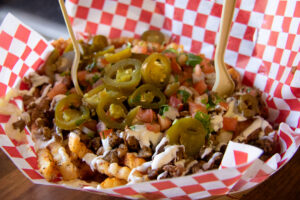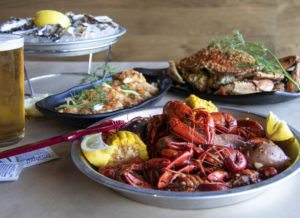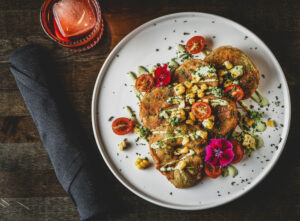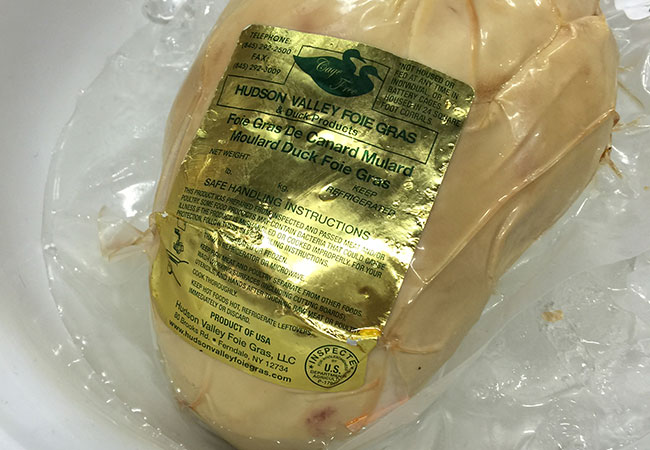
Foie gras has returned to California restaurants after a surprise ruling on last Wednesday overturning the 2012 ban against its sale. At least in theory.
In the 24 hours since a federal judge nixed the 2004 state statute banning the production and sale of the fatty duck liver, many Bay Area chefs have been scrambling to put foie back on their menus and finding it almost impossible to procure.
“I’m going to try to get it on my menu as soon as I can, but we probably won’t be able to get it until next week,” said Brian Anderson, owner of Santa Rosa’s Bistro 29. Like others in the restaurant industry, he was taken by surprise when news of the ruling went viral on the Internet. “My wife texted me. I had no idea,” he said.
“No one knew this was coming down,” said Doug Keane, the former Cyrus chef and foie gras proponent. During a briefing to other chefs trying to understand the impact of the ruling on Wednesday, Keane said he offered up the three lobes he had tucked away in his freezer.
For others, however, its still a mad rush to get their foie. “I’ve called everywhere, and we’re having a really hard time getting it,” said Daniel Kedan of Forestville’s Backyard Restaurant. He’s phoned a number of former Bay Area suppliers and even down to LA to see if anything is available. “It will make an appearance on our menu,” he said, “eventually.”
Keane, and Chef Ken Frank of La Toque in Napa (a foie gras proponent who hosted a 10-course all foie luncheon last July) acknowledge that for hard-core fans, foie never really went away. It just went underground.
At a recent dinner at Healdsburg’s Michelin-starred Madrona Manor, Chef Jesse Mallgren offered up a “gift from the chef” on the tasting menu — code for foie gras. Because only the sale of the delicacy was prohibited, some rogue chefs simply offered the supply they had as “gifts” for special customers. “We never took it off the menu,” said Mallgren, “I gave a lot of ‘gifts’ the last two years.”
Chef Miriam Donaldson of Wishbone in Petaluma said she’s also served it up as a “special” from time to time, procuring it from, well, that’s something most chefs have kept under their toques.
Part of the problem is that there are only three American producers of foie gras. Sonoma Foie Gras, which has relocated outside the state, was at the heart of the California debate about the practice of force feeding ducks to create the enlarged livers so prized by diners. Animal rights activists contend that the practice of force feeding ducks is torture, while chefs like Keane and Frank, who toured the farm and know co-owner Junny and Giullermo Gonzalez argued that the practice was not harmful to the animals. Activists and state attorneys are considering appeals.
The debate, which has been contentious, will no doubt continue. But for now, foie will return to California and Wine Country menus while activists and state attorneys consider their appeals.
Other restaurants planning to put foie back on the menu:
Terri Stark of Willi’s Wine Bar hoped to have their once-popular foie gras “poppers” make a return as soon as this weekend, but has revised that until next week as they get the ingredient in stock.
Steve Litke of the Farmhouse Inn: “Of course wer’re putting it on the menu. A lot of our customers really miss it.”
Shane McAnelly, Chalkboard: The Healdsburg chef plans to put it on the menu next week.
Dustin Valette, the forthcoming Valette: The former Dry Creek Kitchen chef plans to offer some of his personal stash to a small group of diners this weekend.
Thistle Meats in Petaluma has incorporated duck livers into its pate and terrine since opening last year, using livers of non-force fed ducks (foie) rather than foie gras (fatty duck liver). She said her staff of butchers are excited to bring foie gras to customers in their terrines. But you probably won’t see them in the meat case unless there is a demand for the lobes.










